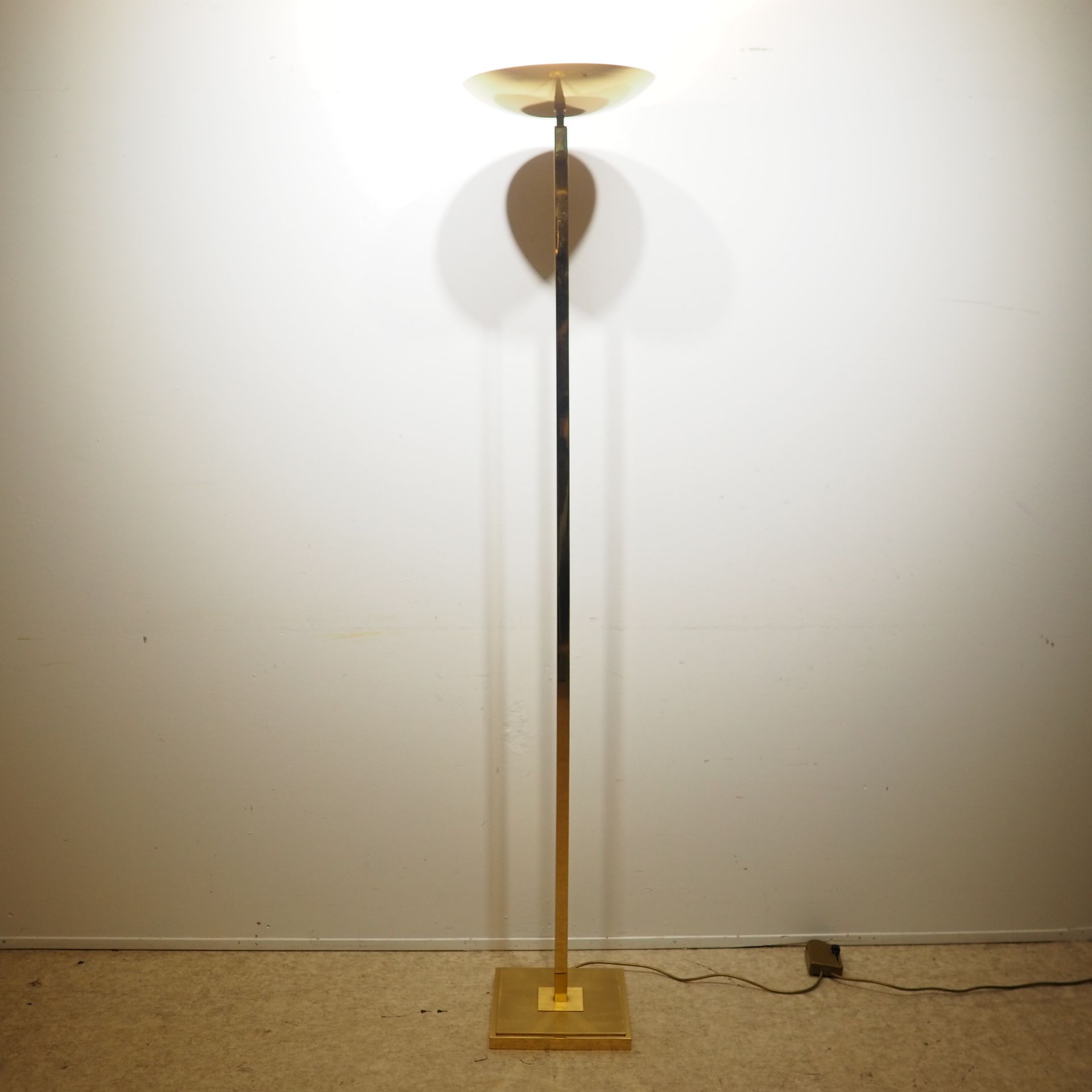

Furniture
What Is The Mass Of A Floor Lamp?
Modified: October 20, 2024
Discover the mass of a furniture floor lamp and find the perfect addition to your home decor. Explore our wide selection of stunning and sturdy furniture pieces today!
(Many of the links in this article redirect to a specific reviewed product. Your purchase of these products through affiliate links helps to generate commission for Storables.com, at no extra cost. Learn more)
Introduction
A floor lamp is not just a functional piece of furniture; it is also a decorative element that can add character and style to any space. Whether you’re renovating your home or simply looking to update your interior design, understanding the mass of a floor lamp can be crucial in choosing the right one for your needs. The weight of a floor lamp is determined by various factors, including the materials used, the design, and the components.
In this article, we will explore the different factors that affect the mass of a floor lamp and provide insights into the typical weight variations you can expect. By understanding these factors, you’ll be better equipped to make an informed decision when selecting a floor lamp that not only complements your decor but also suits your functional requirements.
Key Takeaways:
- Consider the weight of a floor lamp when choosing one for your space. Factors like design, materials, and components all contribute to the overall mass, so choose wisely to balance stability and mobility.
- The average mass range of floor lamps varies, from lightweight options at 5-10 pounds to heavyweight lamps over 20 pounds. Keep in mind your space, needs, and aesthetic preferences when selecting the right floor lamp for you.
Read more: What Floor Lamp Is The Brightest
Factors Affecting the Mass of a Floor Lamp
The mass of a floor lamp can be influenced by a variety of factors. Understanding these factors will help you determine the weight of the lamp and choose the appropriate one for your space. Here are some key factors that can affect the mass of a floor lamp:
1. Design and Size:
The design and size of a floor lamp play a significant role in its weight. Floor lamps can vary in height, base size, and shade dimensions. Typically, larger and more intricate designs will add weight to the lamp. For example, a floor lamp with a tall, elaborate base and a large fabric shade will generally be heavier compared to a simpler, smaller design.
2. Material Composition:
The materials used in constructing a floor lamp greatly impact its weight. Common materials for floor lamps include metal, wood, glass, and plastic. Metal floor lamps tend to be heavier due to the density of the material, while wood and plastic options are often lighter. Additionally, if a floor lamp features additional embellishments such as crystals or decorative elements, it can add to its overall weight.
3. Base Type:
The type of base a floor lamp has will also affect its mass. Floor lamps can have a variety of bases, including tripod bases, weighted bases, or solid bases. A weighted base, such as one made of marble or cast iron, adds stability but also increases the weight of the lamp. On the other hand, floor lamps with a tripod base or a hollow base made from lightweight materials may be lighter in comparison.
Read more: What Is A Torchiere Floor Lamp
4. Shade Material:
The material used for the lampshade can impact the overall mass of the floor lamp. Lampshades can be made from fabric, paper, glass, or metal. While fabric and paper shades are generally lighter, glass or metal shades may add more weight to the lamp. Additionally, the size and shape of the shade can also contribute to the overall mass.
Considering these factors will help you understand the weight distribution of a floor lamp and determine its suitability for your space. Let’s dive deeper into the materials commonly used in floor lamps in the next section.
Materials Used in Floor Lamps
Floor lamps are available in a wide range of materials, each offering its own unique aesthetic appeal and characteristics. The choice of materials not only affects the design but also impacts the weight of the floor lamp. Here are some common materials used in the construction of floor lamps:
1. Metal:
Metal is a popular choice for floor lamps due to its durability and versatility. It can include materials such as steel, brass, aluminum, or wrought iron. Metal floor lamps can range from sleek and modern designs to ornate and traditional styles. While metal lamps tend to be heavier, they often provide a sense of sturdiness and longevity.
2. Wood:
Wooden floor lamps offer warmth, elegance, and a natural appeal to any space. Different types of wood, such as oak, pine, or bamboo, can be used to create beautiful and unique floor lamp designs. Wood is generally lighter than metal, making it a suitable choice for those who prefer a lighter-weight lamp.
Read more: What Is The Mass Of A Vacuum Cleaner
3. Glass:
Glass floor lamps add an element of sophistication and elegance to any room. They can feature clear, colored, frosted, or textured glass, creating stunning visual effects when illuminated. While glass lamps can vary in weight depending on their size and design, they are generally lighter compared to metal or wooden lamps.
4. Plastic:
Plastic floor lamps are lightweight, affordable, and available in a wide range of styles. While not as durable or luxurious as metal or wood, plastic lamps are a practical choice for those on a budget or looking for temporary lighting solutions. Plastic lamps tend to be lighter in weight compared to other materials.
These are just a few examples of the materials commonly used in floor lamps. By considering the material composition, you can have a better understanding of the overall weight and aesthetic appeal of a floor lamp. In the next section, we will discuss the weight variations that can occur in different components of a floor lamp.
Weight Variations in Floor Lamp Components
A floor lamp is composed of various components, each contributing to the overall weight of the lamp. Understanding the weight variations in these components will give you insight into the overall mass of the floor lamp. Here are the key components and their respective weight considerations:
1. Base:
The base of a floor lamp is crucial for stability and support. The weight of the base will depend on the material used and its size. A larger base made of heavier materials like marble or cast iron will significantly contribute to the overall weight of the lamp. Meanwhile, a smaller or lightweight base, such as one made of plastic or aluminum, will reduce the mass.
Read more: What Is The Best Floor Reading Lamp
2. Stem:
The stem, also known as the pole or column, connects the base to the lampshade. The weight of the stem can vary depending on its length and material composition. Metal stems tend to weigh more than those made of wood or plastic. Additionally, the thickness and design of the stem can also affect its weight. A thicker or more elaborate stem may add more mass to the floor lamp.
3. Lampshade:
The lampshade not only defines the style of the floor lamp but also contributes to its weight. Lampshades can be fabricated from various materials such as fabric, paper, glass, or metal. While fabric and paper shades are generally lighter, glass or metal shades can significantly increase the weight of the lamp. Moreover, larger and more complex-shaped lampshades tend to be heavier compared to smaller and simpler ones.
4. Light Bulb:
The type and wattage of the light bulb used in a floor lamp can impact its weight. LED bulbs are typically lighter compared to incandescent or halogen bulbs. Additionally, higher wattage bulbs may add some extra weight to the lamp. It’s important to consider the recommended wattage for your lamp to ensure it can safely support the weight of the bulb.
By understanding the weight variations in these components, you can make a more informed decision when selecting a floor lamp that meets your aesthetic preferences and fits within your desired weight range. In the next section, we will discuss the average mass range of floor lamps to provide you with further guidance.
Average Mass Range of Floor Lamps
The mass of a floor lamp can vary significantly depending on its design, materials used, and components. However, it is helpful to have a general understanding of the average mass range of floor lamps to guide your selection process. Here are some estimates of the average weight range for floor lamps:
Read more: How To Make A Floor Lamp
1. Lightweight Floor Lamps:
Lightweight floor lamps typically weigh between 5 to 10 pounds (2.3 to 4.5 kilograms). These lamps are often made of lightweight materials such as plastic or thin metal, and they may feature smaller lampshades. Lightweight floor lamps are easier to move and are suitable for rooms where portability is preferred.
2. Medium Weight Floor Lamps:
Medium weight floor lamps can range from 10 to 20 pounds (4.5 to 9 kilograms). These lamps usually have a combination of metal and/or wood in their construction. The lampshades may be larger and more substantial, contributing to the overall weight. Medium-weight floor lamps offer a balance between stability and portability, making them a popular choice for most living spaces.
3. Heavyweight Floor Lamps:
Heavyweight floor lamps can weigh more than 20 pounds (9 kilograms) and often feature solid metal or wood bases. These lamps may have intricate designs, larger lampshades, or additional decorative elements. While heavyweight floor lamps provide a sturdy and grounded presence, they can be more challenging to move and may require a more permanent placement.
It’s important to note that these weight ranges are estimates and can vary depending on the specific design and materials used in each floor lamp. When choosing a floor lamp, consider the weight in relation to the stability you desire, the mobility you require, and the overall aesthetic of your space.
Finally, it’s always a good idea to check the manufacturer’s specifications and weight recommendations for the floor lamp you are interested in. This will ensure that you choose a lamp that is suitable for your specific needs and can be safely supported by your chosen placement area.
Conclusion
When choosing a floor lamp, understanding the factors that affect its mass is crucial. The design and size, materials used, weight variations in components, and the average mass range of floor lamps all play a role in determining the weight of a lamp. By considering these factors, you can select a floor lamp that not only complements your interior design but also suits your functional requirements.
It’s important to remember that the weight of a floor lamp should be balanced with the stability, mobility, and aesthetic appeal you desire for your space. Lightweight floor lamps are ideal for easy portability, while medium-weight lamps offer a balance between stability and mobility. If you’re looking for a more substantial presence, heavyweight floor lamps provide a sturdy grounding effect.
Additionally, materials used in floor lamps such as metal, wood, glass, and plastic influence the weight. Metal lamps tend to be heavier, while wood and plastic options are generally lighter. The choice of lampshade material, base type, and light bulb wattage also contribute to the overall mass of the floor lamp.
Understanding the average mass range of floor lamps can help guide your selection. Lightweight floor lamps typically weigh between 5 to 10 pounds, while medium-weight lamps range from 10 to 20 pounds. On the other hand, heavyweight floor lamps can weigh more than 20 pounds. Consider your space, needs, and preferences when choosing a floor lamp within these weight ranges.
By taking all these factors into account, you can confidently select a floor lamp that not only enhances the ambiance of your space but also aligns with your desired weight and aesthetic preferences. Happy shopping, and may your new floor lamp illuminate your living space beautifully!
Frequently Asked Questions about What Is The Mass Of A Floor Lamp?
Was this page helpful?
At Storables.com, we guarantee accurate and reliable information. Our content, validated by Expert Board Contributors, is crafted following stringent Editorial Policies. We're committed to providing you with well-researched, expert-backed insights for all your informational needs.

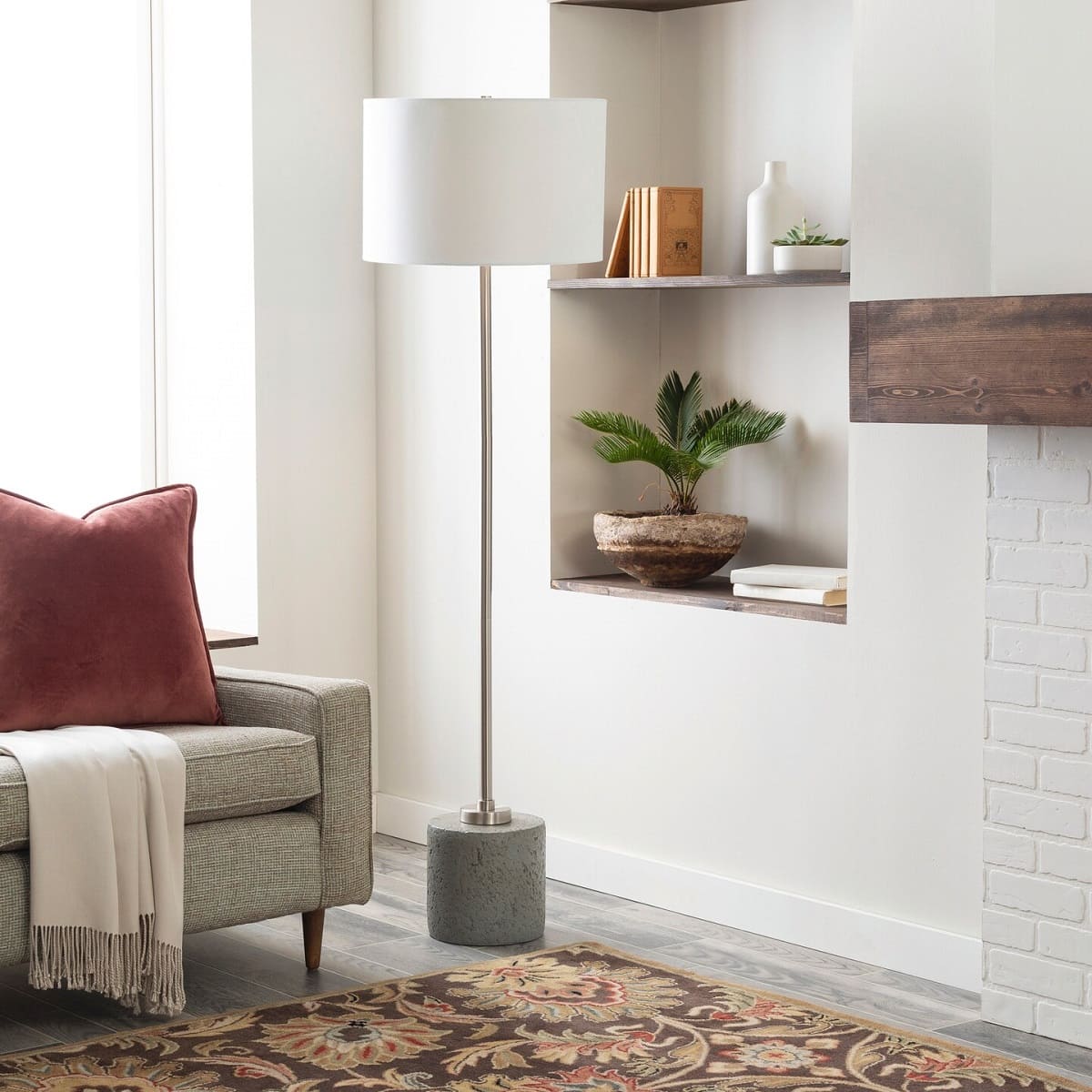

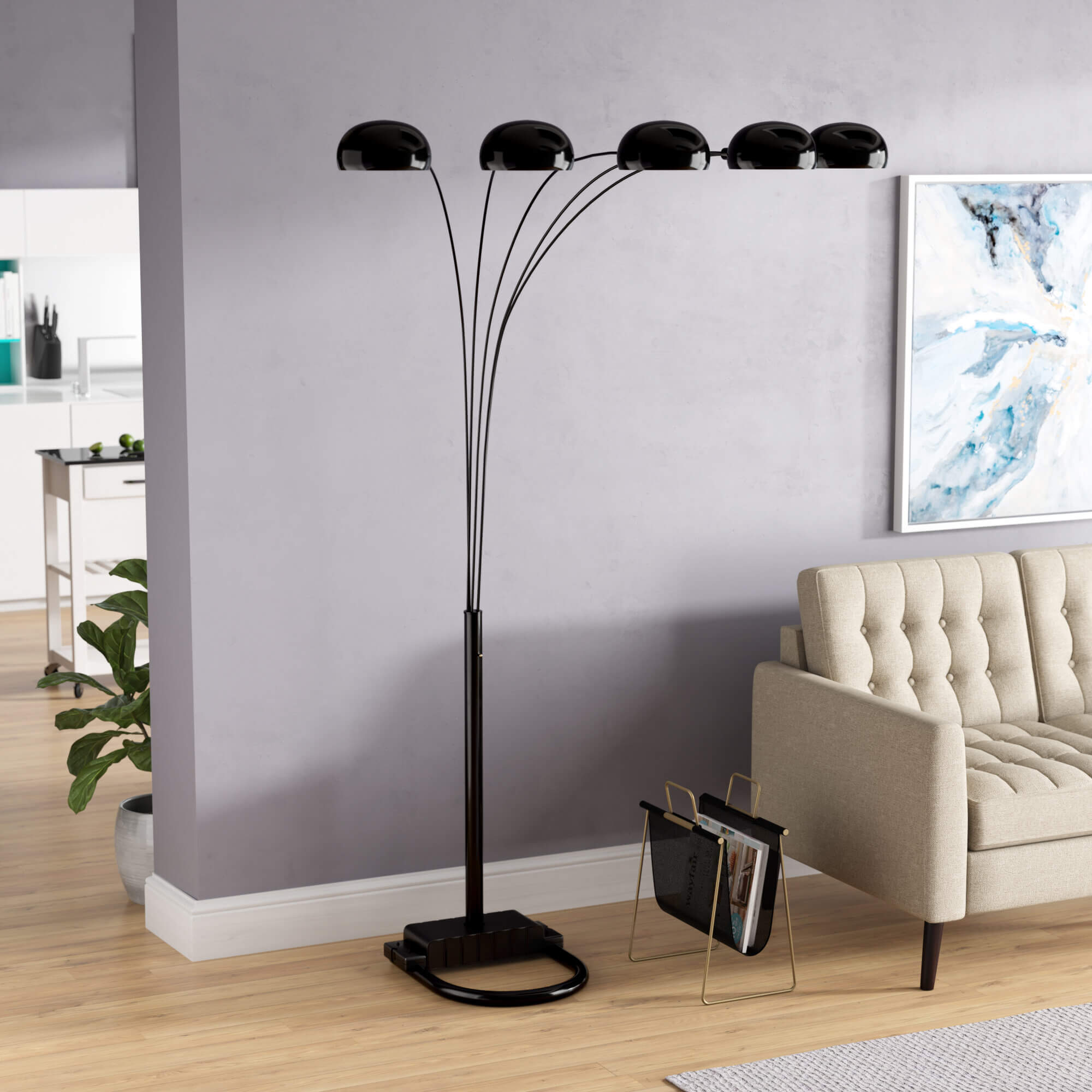
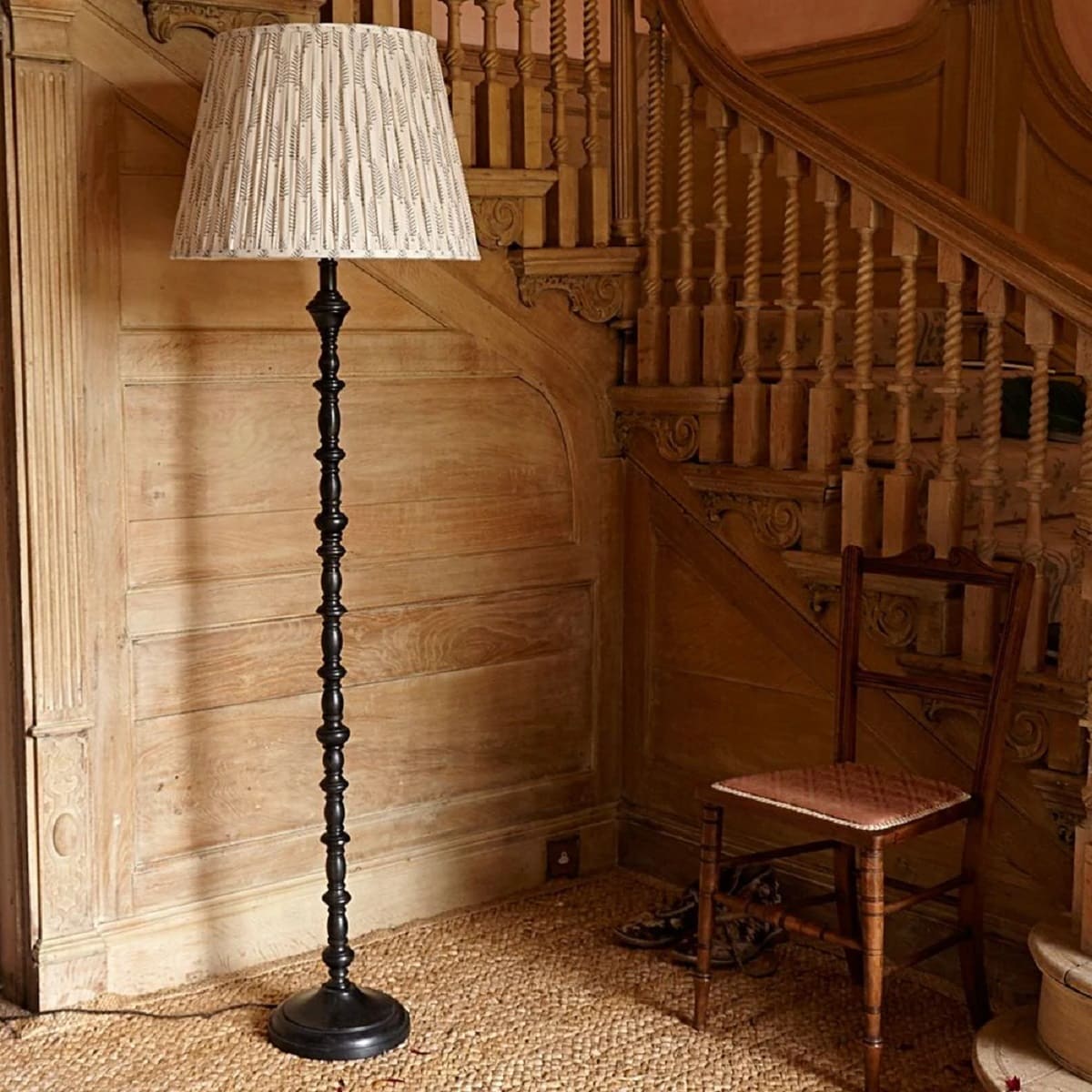
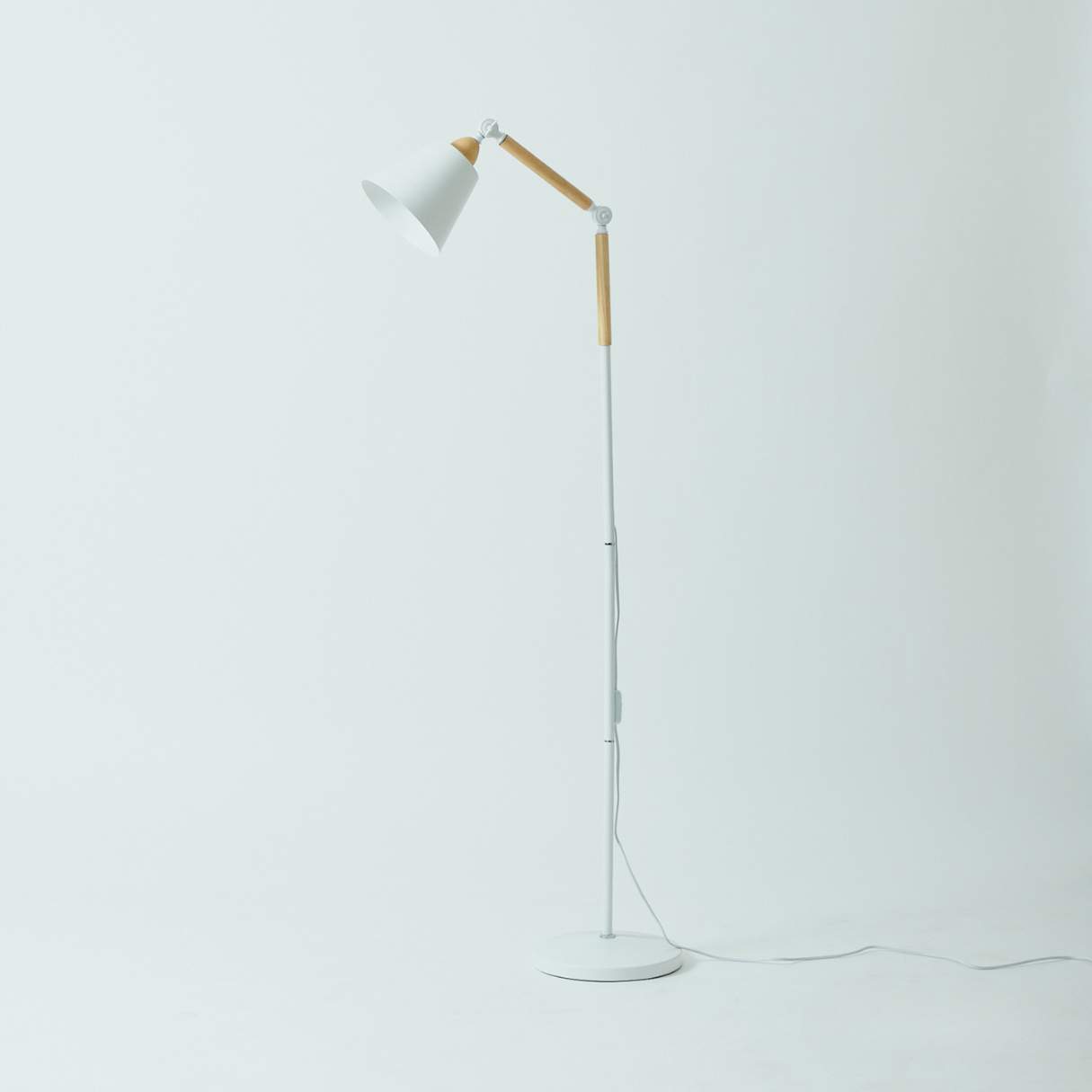


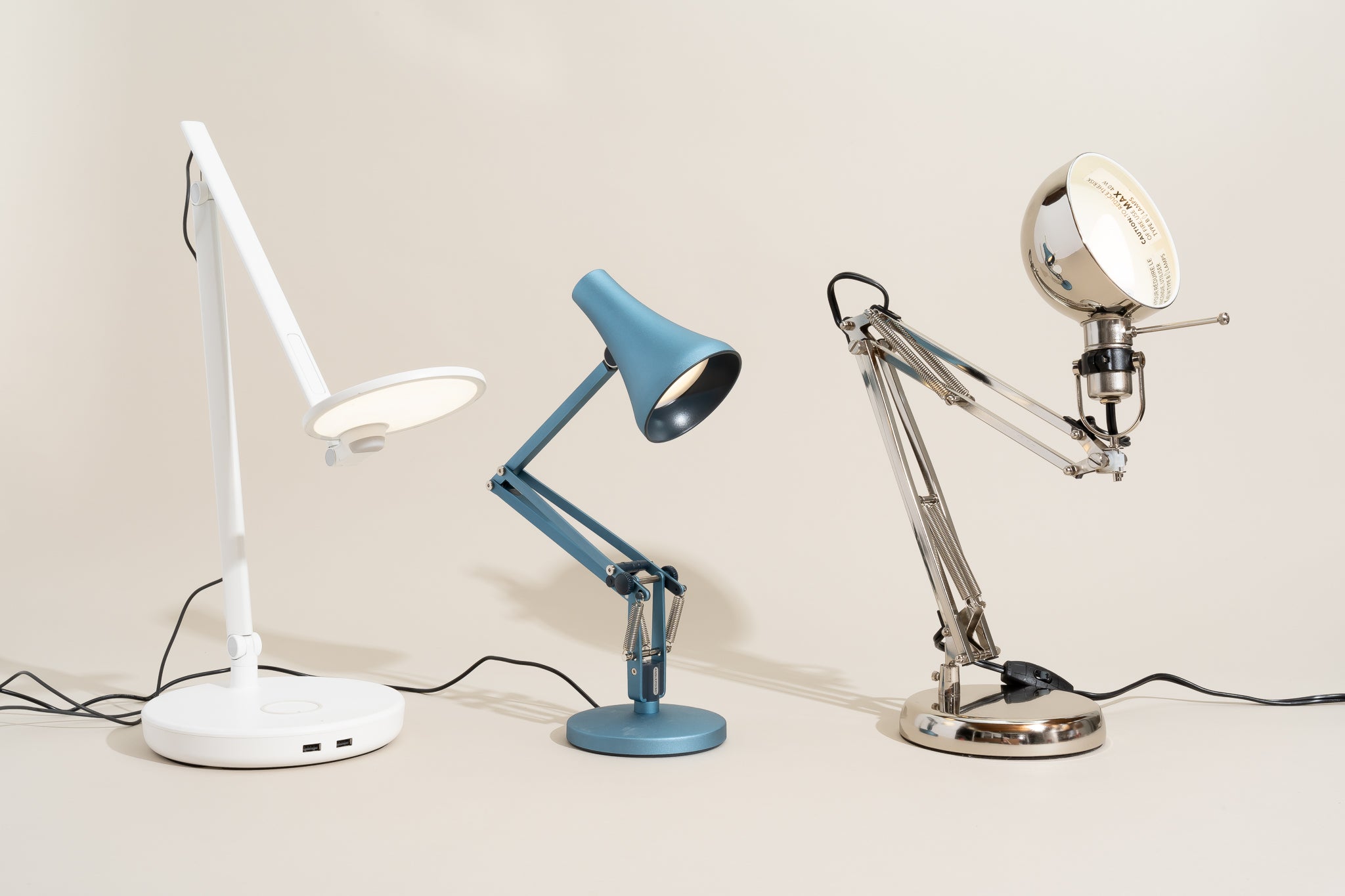



0 thoughts on “What Is The Mass Of A Floor Lamp?”